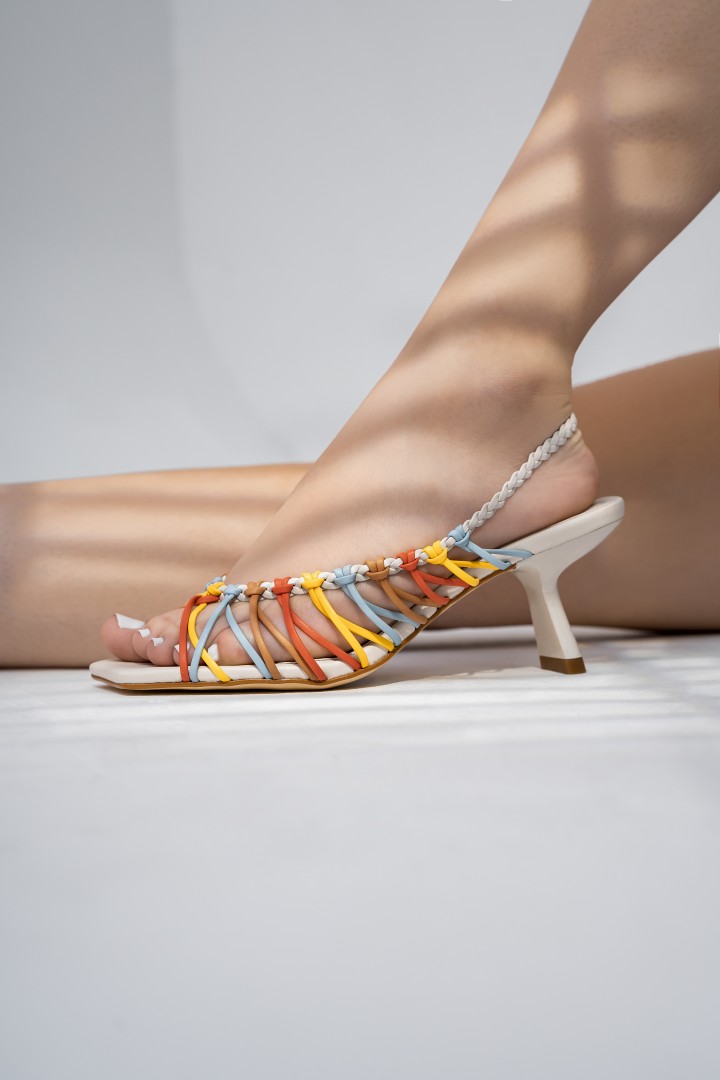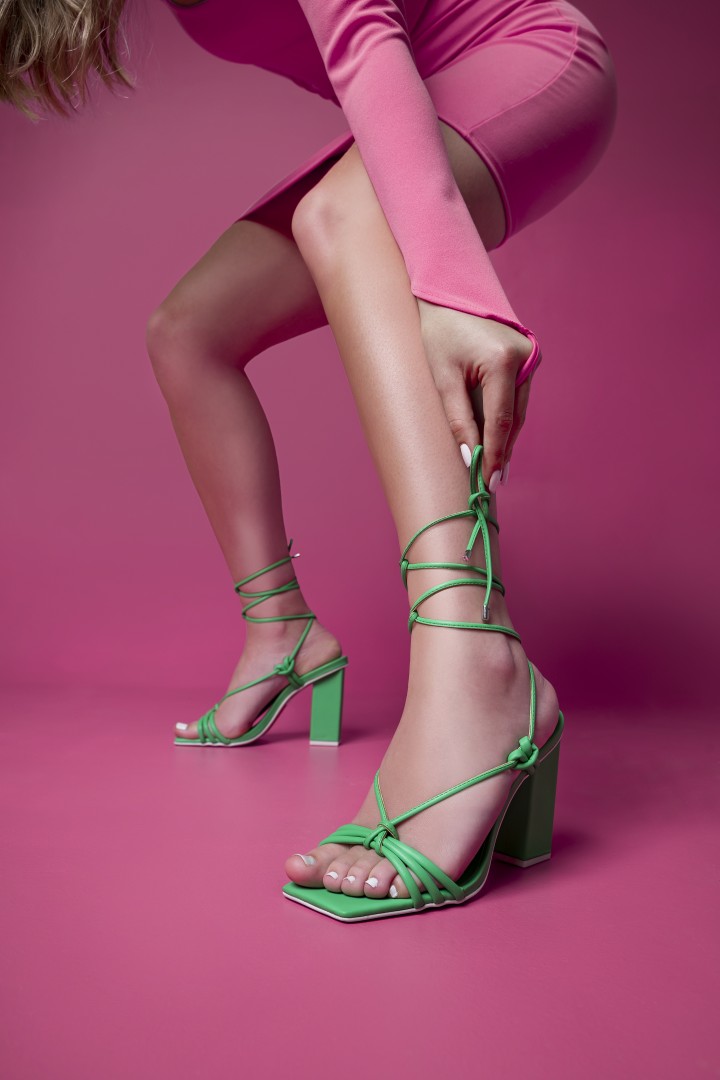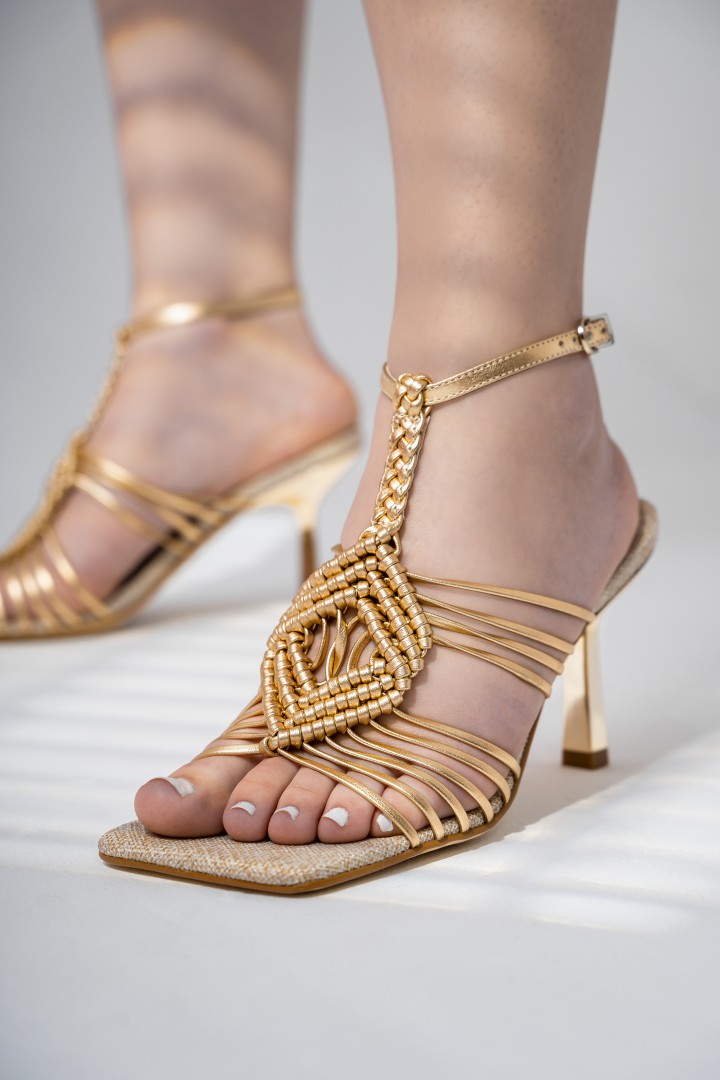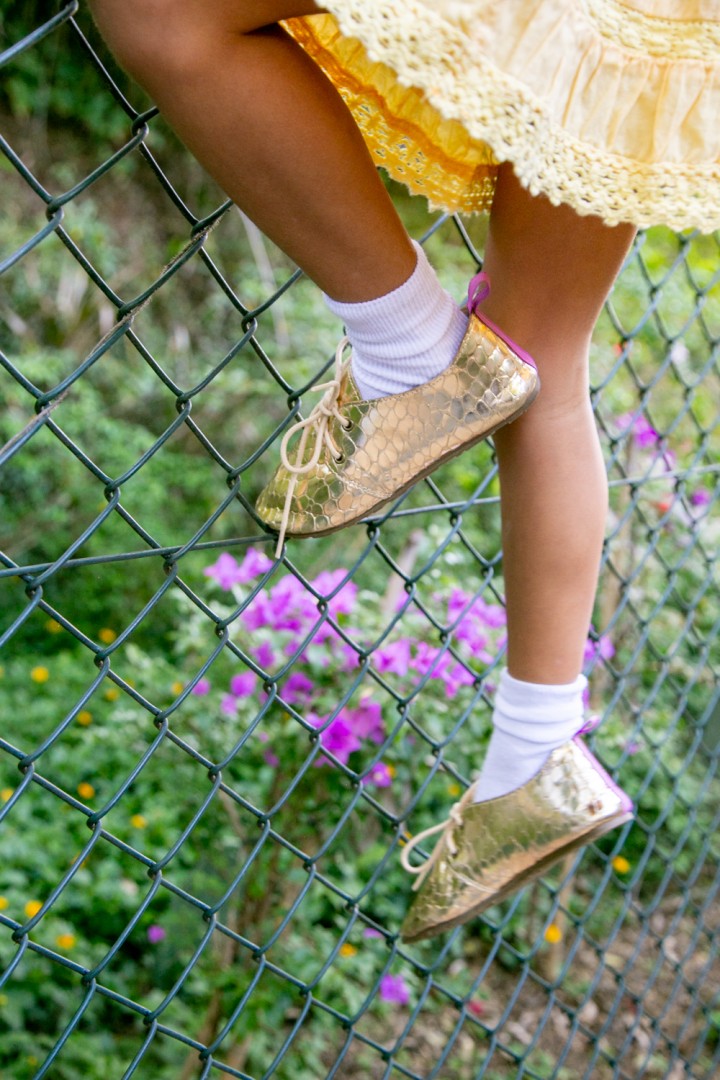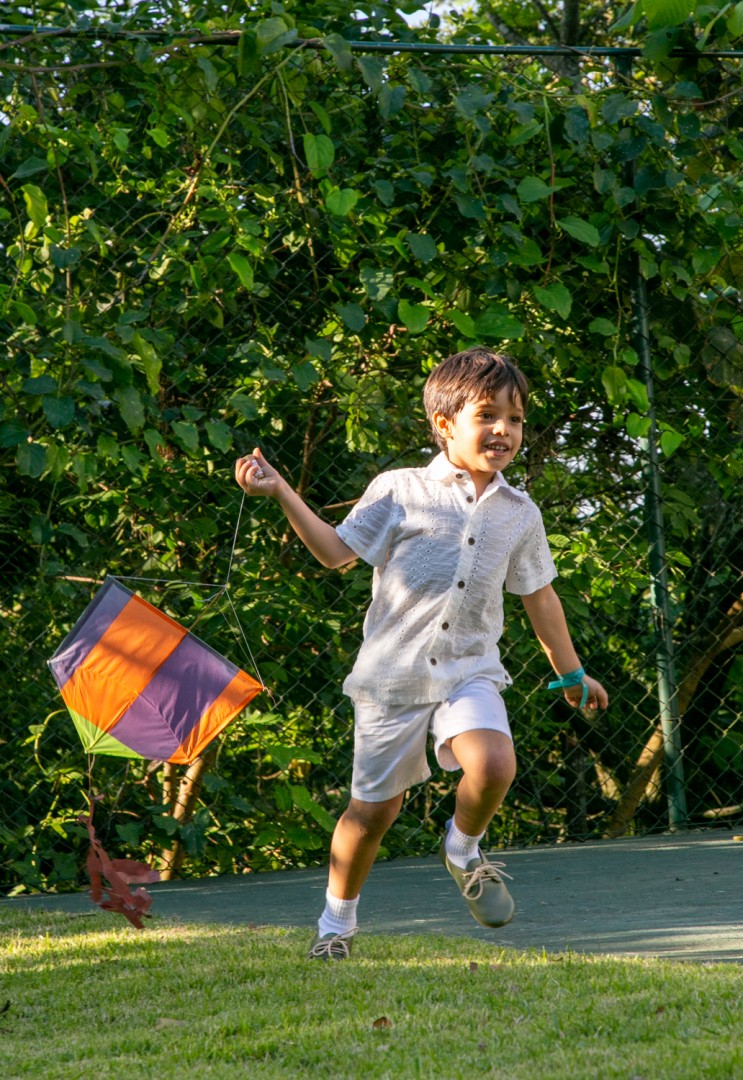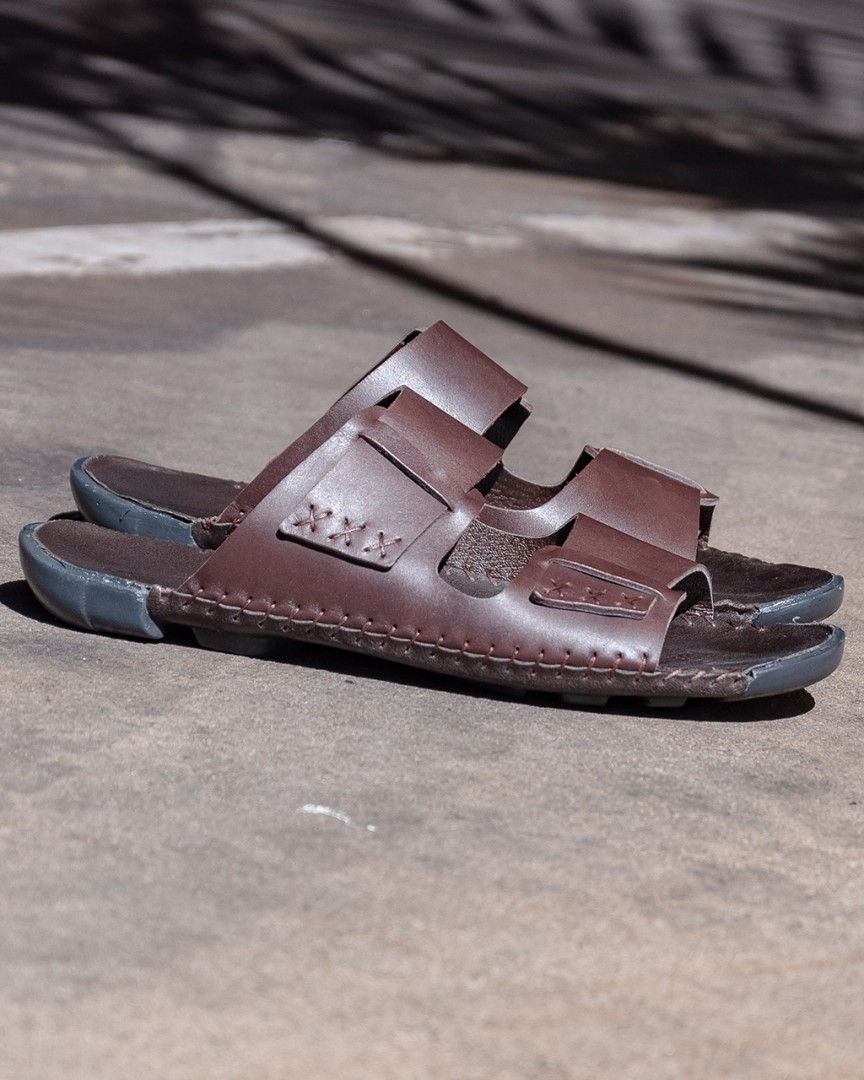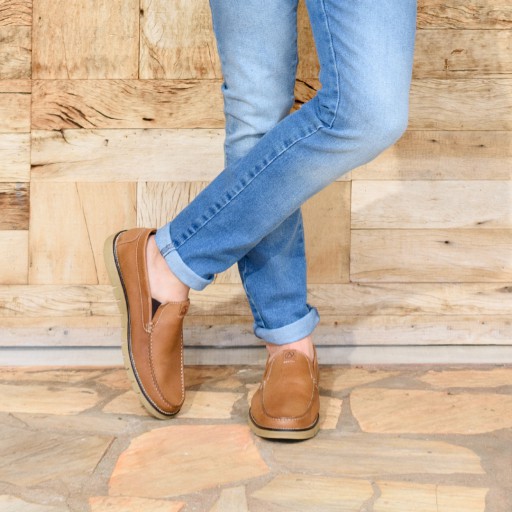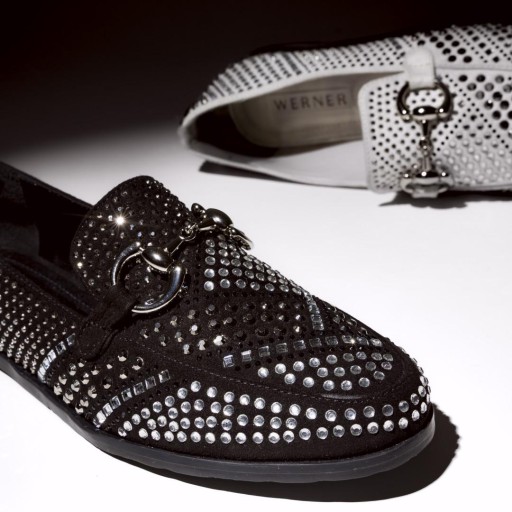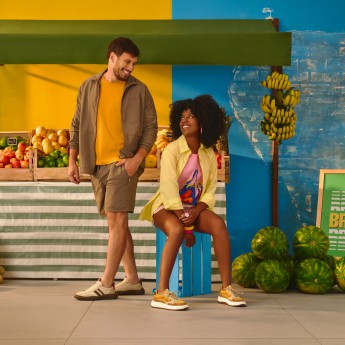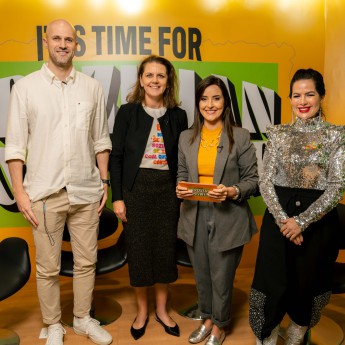Increase in exports of leather footwear highlights the quality of the Brazilian product

2022-08-10 | By Diego Rosinha
Since the second half of 2021, Brazilian footwear exports have recorded consecutive increases in exports. Over that year, industry shipments increased 32 percent to 123.7 million pairs. Leather shoes were decisive for the performance. Data prepared by the Brazilian Footwear Industries Association (Abicalçados) indicate that exports on the segment reached 17 million pairs, 31% more than in the previous year. In productive terms, the production of leather footwear also increased compared to 2020, by 23.6% (137.2 million pairs of the 806 million produced). Carrying that to 2022, even without disclosure of production data, there is a greater increase in leather footwear exports. While the overall growth of the first half of 2022, compared to the same period last year, stood at 31.3% (75 million pairs), the increase in exports of the leather segment stood at 55.2% (11.55 million pairs).Abicalçados' Market Intelligence Coordinator, Priscila Linck, points out that the share of leather footwear in production has also been increasing. In 2020, 15% of the pairs produced in Brazil were from the segment, while last year this share went up to 17%. "Brazilian leather footwear has an important role in the production and export agenda of the sector, because with greater added value it ends up boosting the income of the activity and, consequently, investments.” Regarding employment, its role is also important, since it requires more labor for production. According to Priscila, the shoe industries whose main activity is linked to the leather shoes manufacture employ 50.5% of people in the activity. In the first half of 2022, when more than 27 thousand jobs were created in the sector, the manufacture of leather products was the segment that employed the most, with 14.4 thousand new vacancies. Currently, more than 293 thousand people are employed in the Brazilian footwear sector.
